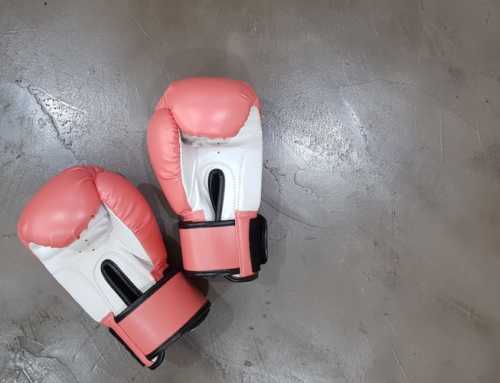Setting up an online business but worried about developing a website? Not anymore. We all know that website design is a crucial part of any online business, yet creating an effective design is a real struggle for beginners starting their own websites.
There are numerous aspects to designing a website, some of which you can easily intuit. For example, font size, color, the inclusion of images, and media, you can usually get a sense of what looks good. But there’s one major aspect of design that is often overlooked by beginners: accessibility and user-friendliness.
User experience is a ranking factor for Google, and websites that are easy to access have far greater chances of getting ranked highly.
This guide will show beginners how to make a creative website that doesn’t infringe on usability. Let’s dive in.
Don’t choose anything too bedazzling:
Sure, there are some impressive websites out there that hit you between the eyeballs with their stunning design. But unless you really know what you’re doing, it’s best to start minimalist with an understated design.
Advanced websites can be time-consuming, and you might not end up with the same quality you had initially envisioned. So, choose something simple yet elegant.
“Less-is-more” is a design concept that is difficult to get wrong. Colorful websites run the risk of seeming gaudy and unprofessional. They can also be distracting for users. Keep the design low-key and effective.
Color scheme and font matter when designing your own website:
Once a website interface is designed (remember: classy and understated), the next step is deciding the color scheme for your website and choosing appropriate fonts.
Remember when you were a kid and your teacher bugged you about your handwriting? Well in the digital age we’re bugging you about fonts. Choose a font that suits your brand. For example, if your website’s content has a friendly or casual tone, then a sans font like Helvetica or Montserrat are great options. They’re open, clearly legible, and not as formal as a serif font. If, however you want to present yourself as an authoritative, long-established brand, a serif font like Merriweather might be a better choice.
We’ve spoken about the power of understatement and minimalist design, but don’t confuse minimalist with monochrome. Colors play a crucial role in determining a website’s conversion rates. A peer-reviewed journal article concluded that a customer merely needs 90 seconds to form an opinion about a product and about 60-90% of that interaction by the color of the product alone.
Before choosing the colors, determine your demographics, and appeal to them. Specify the female visitor and male visitor ratio and select your website’s color scheme according to which comes out on top. Doing so will help improve conversion rates. Here are some key findings on gender and color shared by Neil Patel on his blog:
- Women don’t like gray, orange, and brown. They like blue, purple, and green.
- Men don’t like orange, brown and purple. They like blue, green and black.
Patel also touches on the psychology of color. For example, blue builds trust with the user, yellow is for warnings, black is for luxury and bright primary colors call the user to action.
Media is Important:
The next step on the beginner’s step-by-step guide of designing a website is media. Once the font and colors are chosen, this step involves updating the website content. Now, most beginners limit content with textual information only.
However, content does not only include written text; it contains pictures, videos, GIFs, icons, illustrations, and graphs. Consider whether some of your services can be better illustrated with an image or a short video. Varying the content will help to keep your users engaged. Some businesses that fall into such a category are photography, food, and catering, real-estate, etc.
Lastly, Content is King. Be the King-Maker:
So far we’ve covered what many would consider being the main aspects of good web design. But there’s one more highly important factor which is key to great SEO: the written content on your website. That includes your product descriptions, technical writing, blogs, etc. Remember, the more useful and likable the content, the more your website’s chances of being ranked on the first page. For good content to grow faster, keywords are necessary. So, use the keywords meticulously and efficiently and write such content that can help your website rank highly.
Happy web-designing!



![B2B vs B2C Online Business Best Practices with Examples [Updated 2022]](https://jdperoro.com/wp-content/uploads/2020/07/B2B-vs-B2C-Online-Business-Best-Practices-with-Examples-500x383.jpg)

